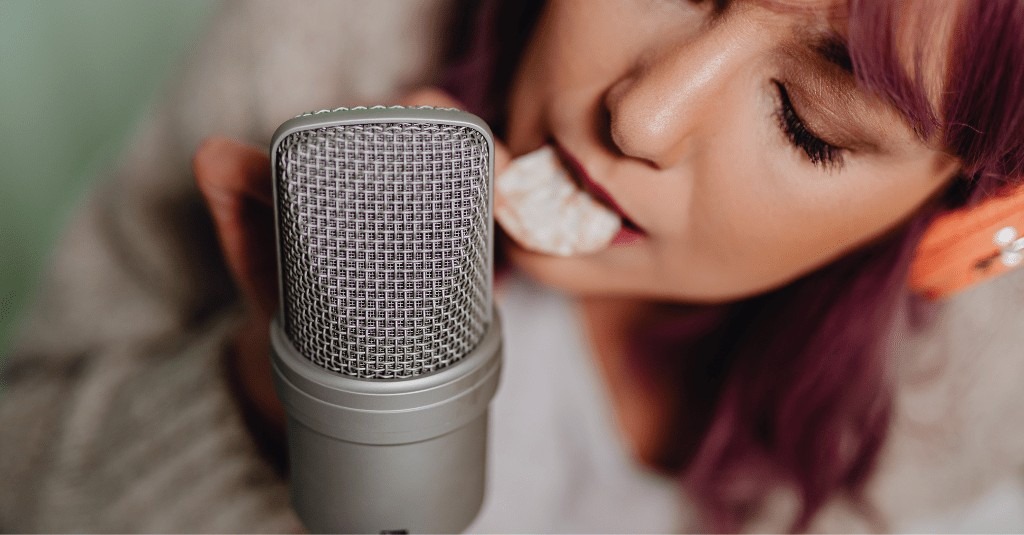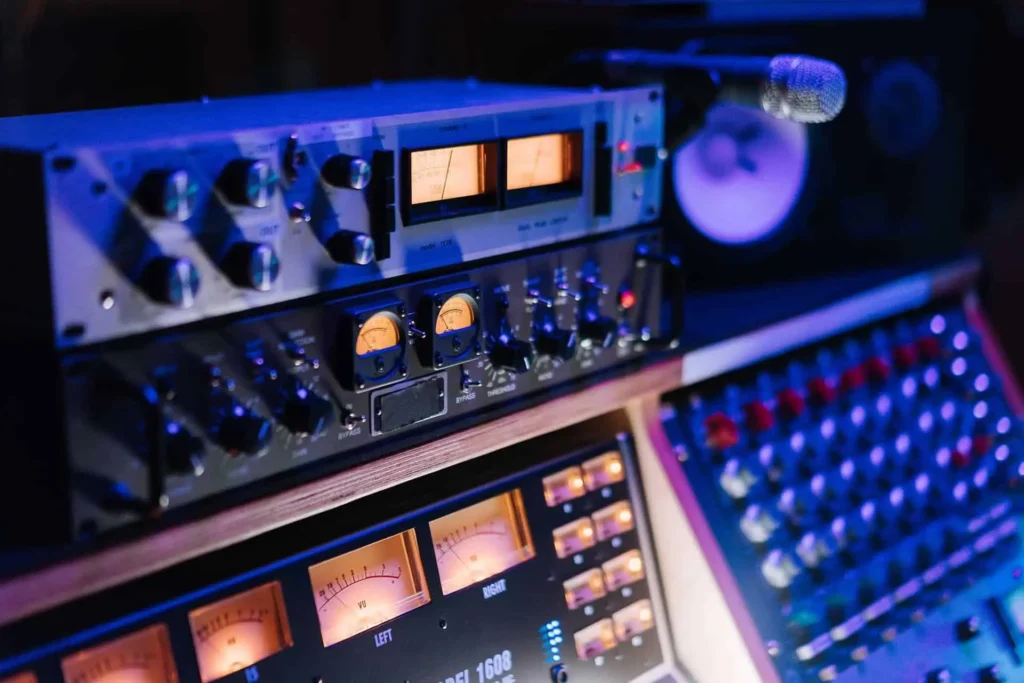Sounddesign is the process of recording, editing and mixing sound and musical elements. It applies to all types of visual media: feature films and short films, television, advertising, video games and live performances, such as at events or in the theatre.
Put simply, sound design is the art of enhancing images through sound. To achieve this objective, the sound designer must combine technique and creativity. Their role is to create, manipulate and use sound at the right moment.
Let’s take a look at the ingredients of sound design:
1- Ambient sound
Ambience is the background noise that corresponds to a situation or scene. Take, for example, the chirping of crickets in the background of a forest at night.
2- Sound effects
This is a set of sound elements designed to make scenes more realistic. The sound engineer analyses the scene and creates all the sound effects needed to make it more realistic.
During the shooting of a film scene, the microphones mainly record the actors’ voices. All other sounds, such as the sound of a chair scraping on the floor or the sound of a glass being placed on a table, are not recorded because that would require having microphones everywhere that would be impossible to hide! The noisemaker will reconstruct all these noises to make the situation lively and believable.
https://www.youtube.com/watch?v=psmNlNfWSS0&ab_channel=CoursmusiqueAsfeld%2FCh%C3%A2teau-Porcien3- Effects
Effects are sounds that the sound designer creates to represent a specific action that cannot be heard naturally in real life. Here are a few examples that will appeal to everyone! Close your eyes and think of the roar of a dinosaur in Jurassic Park! It also works with the sound of a ship accelerating in Star Wars.
The sound of the light sabre in Star Wars :
https://www.youtube.com/watch?v=b3X4-MjrOfA&ab_channel=RobotussinVintageSynths4- The voice-over
In some cases, the voice will be used to express a point of view, tell a story and express a thought. The narrator may be the voice of the main character or someone completely different and invisible on screen. Obviously this is not something that can be improvised, and the voices will be carefully chosen to enhance the texts and images.
5- Music
The soundtrack plays an essential role in enabling the director to arouse emotion and amplify the impact of a scene. A convincing example can be found in “Jaws”, where Steven Spielberg strategically paired each appearance of the shark with John Williams’ familiar, machiavellian melody. This combination instantly provokes a shiver of fear in the viewer, reinforcing the film’s anxiety-inducing atmosphere.
The creative process
Now that you have the right ingredients, let’s talk about the recipe.
Many techniques are used in the sound design process. The sound designer may use pre-existing sounds, original sounds, or a combination of both.
The difference between a good video production and an excellent video production lies in the sounds used and the musical design work. To create these unique sounds, the sound designer will need to have access to a large number of sound banks and will often have to create their own using physical or software synthesizers, effects and sometimes even by recording the sound of everyday objects.

The toolbox of a good sound designer
Sound designers have a number of tools at their disposal:
1- Effects generators
There are many different types of effect generator. Some can distort a sound – speeding it up or slowing it down – and others can even isolate specific frequencies to tamper with it…
The sound designer will use these effects, and sometimes combine them, to create something completely new.
2- Synthesis
This simply involves generating an entirely artificial sound using a synthesiser and adjusting the parameters as required. This makes it possible to create completely new sounds, sometimes far removed from natural sonorities. The sound designer is responsible for using his electronic tools to sculpt the sound that reflects his creative vision.
3- Samples
These are extracts of already existing sounds, such as the bass line of a piece of music or a recording of the sound of a coffee machine as it pours the liquid. These extracts can be compared to modular parts, a bit like Lego pieces, which can be assembled independently or mixed together to invent new types of sound.
In music design, the sound designer will also sometimes ‘sample’ different sound sources to add to his or her sample library.
Benefits for brands
Music design is of vital importance in the creation of high value-added content for a brand. If you take a careful approach to sound, you can firstly reinforce your visual identity, and secondly forge deep emotional connections with your target audience. By using distinctive sound elements, Sound Design creates a memorable and immersive atmosphere, allowing the brand to stand out in an often saturated media landscape.
